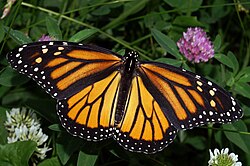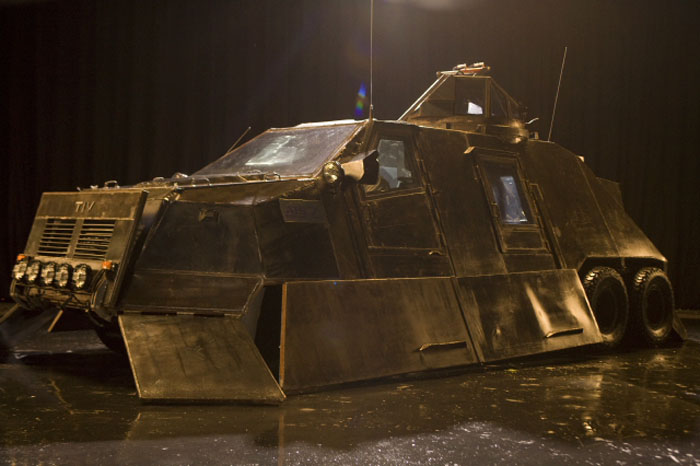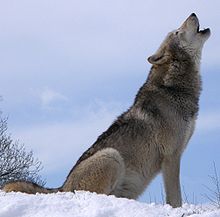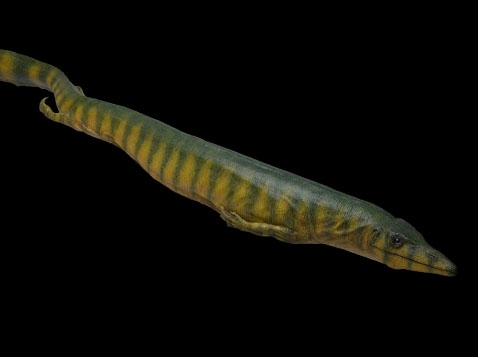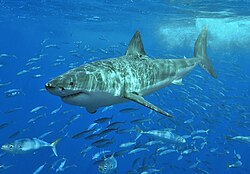In this blog post I will be talking about some of the smaller critters that are probably all around you, from micrococcus to amoebas.
So let's start this with the micrococcus. Micrococcus is one of the more common bacteria - most commonly found in your armpits, in your mouth and in your intestines. And there are many more types of bacteria that live in your intestines. They like the intestines so much so they can get all the left over food that has not been digested by your stomach. There is more. There are also some good bacteria which are not just neutral which are the ones that just hang out in your gut. The micrococcus will hang around in your arm pit and eat all the sweat. The micrococcus is the one that makes that strange smell. The good ones usually are good by doing stuff like making cheese which can also lead to ice cream.
Micrococcus
(photo from faculty.ccbcmd.edu)
The bad bacteria are really, really bad, such as Salmonella. Salmonella can cause bloody diarrhea and of course, like most really, really bad bacteria, create vomiting. Here is a good example of how Salmonella can come on to you: lets say you eat an under-cooked hamburger. Now hamburgers are made from more than one cow. If just one of those cows were sick, it can be passed on to you. One way to avoid that is to eat hamburgers made out of different things. Maybe like salmon burgers.
Salmonella
(From photo-dictionary.com)
Now here is a micro creature called an amoeba. They can reach a max size of 700 micrometers, but that is still not very big. Amoebas were the second creature to be created, I think because they are such simple creatures. They are only one cell, just like bacteria. There are probably many amoebas around your house. Usually they like to live in water and eat all the algae. But they will also eat a faster creature called a paramecium.
Amoebe
(From straightlinesout.blogspot.com)
Paramecium are quite speedy fellows for their size of 200 micrometers. Parameciums will also eat algae.
Paramecium
(From fcps.edu)
Here is another type of animal that is quite annoying and is not quite a micro creature and this is what it is called the flea. And yeah, I am not talking about that Spanish flea song which is actually one of my favorites. Fleas, well they are not much of a micro creature since they have a size of 1.5 millimeters. Fleas are quite famous for their jumps of 2 feet high, but they aren't exactly the highest of the small-animal jumpers.
Flea
(From cyberbee.com)
There is one that jumps higher and is not considered a micro creature;
it is the frog hopper. Well it actually doesn't jump higher, but it is
much larger and it can jump the same higher. It weighs 6 times more than
the flea and it is at a size of 5 millimeters.
Frog Hopper
(From weheartit.com)









